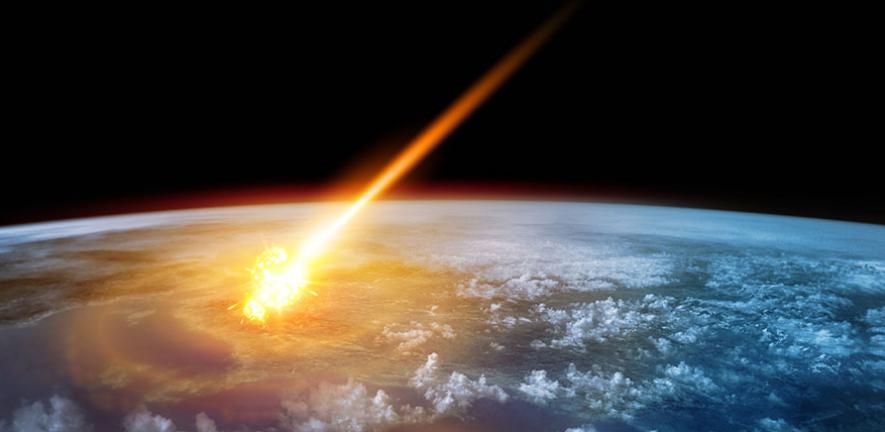
How did the molecular building blocks for life end up on Earth? One long-standing theory is that they could have been delivered by comets. Now, researchers from the University of Cambridge have shown how comets could deposit similar building blocks to other planets in the galaxy.
In order to deliver organic material, comets need to be travelling relatively slowly – at speeds below 15 kilometres per second. At higher speeds, the essential molecules would not survive – the speed and temperature of impact would cause them to break apart.
The most likely place where comets can travel at the right speed are ‘peas in a pod’ systems, where a group of planets orbit closely together...
Read More








Recent Comments